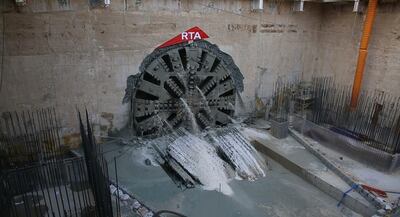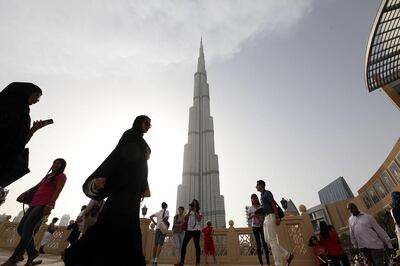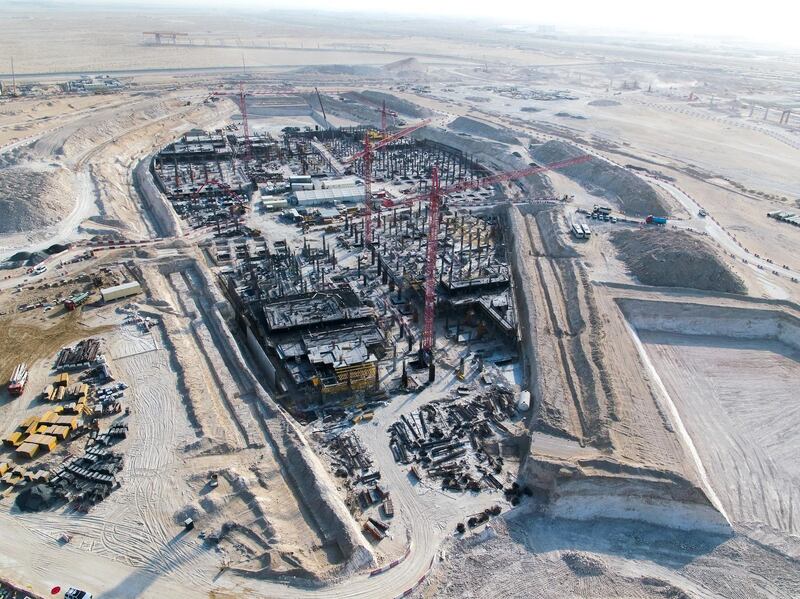When looking at infrastructure markets throughout the world, a common word we used for our first two geographic focuses – the United States and Europe – was "stuck".
This is not the case with the Arabian Gulf region.
In comparison to the US and Europe, the Gulf is developing new key infrastructure assets at a more robust pace.
Why? A main reason is because the region does not have this issue of "crumbling infrastructure", in part because this part of the Middle East had little infrastructure to speak of 50 years ago.
The older economies of the US and EU have had trouble gaining momentum and public acceptance of putting more money towards repairing an old infrastructure. Conversely, the Gulf is building on limited infrastructure before the 1960s and is very much gaining ground.
The region has been spending more in infrastructure development in comparison with the US and western Europe.
Traditionally, the Gulf has been a trading area and this has continued with the development of the Port of Jebel Ali, which is owned by DP World, and which has become the largest port between Rotterdam and Singapore. Additionally, the region has developed major transportation assets with four airports with over 20 million passengers a year each. Dubai International Airport is a major hub and handled over 88 million passengers in 2017, as well as over 2.65 million tonnes of cargo.
Substantial investment flows into transport in Dubai and Abu Dhabi, and energy and tourism sectors will drive robust growth in the UAE construction sector over the coming decade.

There is now political will in the region to drive forward new legislation to help privatisation and a range of public private partnerships to facilitate the use of long-term private financing to underpin a large proportion of capital projects. The railways will be a major development in the region.
Further proof of the significance of infrastructure in the region will be the World Expo 2020, to be hosted by Dubai.
The primary reason Dubai was chosen? Location, location, location. Other reasons include logistical efficiency and ease of access for visitors and participants.
The Expo site will be served by three international airports, a world-class road network and a new extension to the Dubai metro system.
But can the Gulf region's economy move on from the "oil and gas lifeline"?
_______________
Read more:
Sreco unit awards 1.1bn riyal infrastructure development contract
_______________
The short answer is "not right now". The Gulf economies are still very much dependent on oil and gas; despite the lower but stabilising oil prices they will see notable acceleration in real GDP growth. Oil prices have a substantial impact on public spending for these countries, feeding through to infrastructure development as well as improved household purchasing power through government spending on wages and subsidies. Governments have been diversifying their economies to be less dependent on hydrocarbons. On the other hand, investment in the industry continues to exceed that in other sectors.
Historically, the region relied upon attracting foreign partners to help develop their hydrocarbon businesses as well as build infrastructure. However, the regional geopolitics has, over time, affected strategic foreign investors interest. With regard to foreign funding, the UAE has a bigger portion of growth domestic product from foreign direct investment when compared to other countries in the Middle East. Across the region FDI has not seen substantial growth in the past few years.
A new form of recycling finance was seen last year with the $3.1 billion bonds for Abu Dhabi Crude Oil Pipeline as the financing was raised on an existing infrastructure asset and the anticipation that the proceeds will be used for investment in new infrastructure.
If the much talked about Hyperloop high-speed transport system is going to be built anywhere, it will be between Abu Dhabi and Dubai. The first prototype of the pods that will transport passengers between the emirates in just 12 minutes at 1,200kph has been unveiled. The vehicles could be launched as soon as 2020.
Another broader development that will inevitably have a meaningful effect on infrastructure globally is driverless cars. Dubai has begun testing autonomous pods in a trial run and aims to make 25 per cent of daily transport robot-driven.
The evolution of infrastructure in the Gulf is striking compared to the pre-oil and gas developments in the mid-1960s. Diversifying away from hydrocarbon revenues and building the tourism sector, developing other technologies and businesses (airport hubs etc), using economic free zones and constructing many world-famous buildings such as the Burj Al Arab and Burj Khalifa, has helped to diversify the Middle East's economy.

The region continues to invest in major infrastructure at a pace well ahead of the western economies even after the global financial crisis over a decade ago lowered hydrocarbon revenues.
Exciting plans for additional infrastructure development in the future include railways and the development of new mega cities in the region and they are likely to usher in a new era of “world firsts”.
Ian Dixon is managing director in Fitch’s Global Infrastructure Group. Fitch Ratings is a member of The Gulf Bond and Sukuk Association






